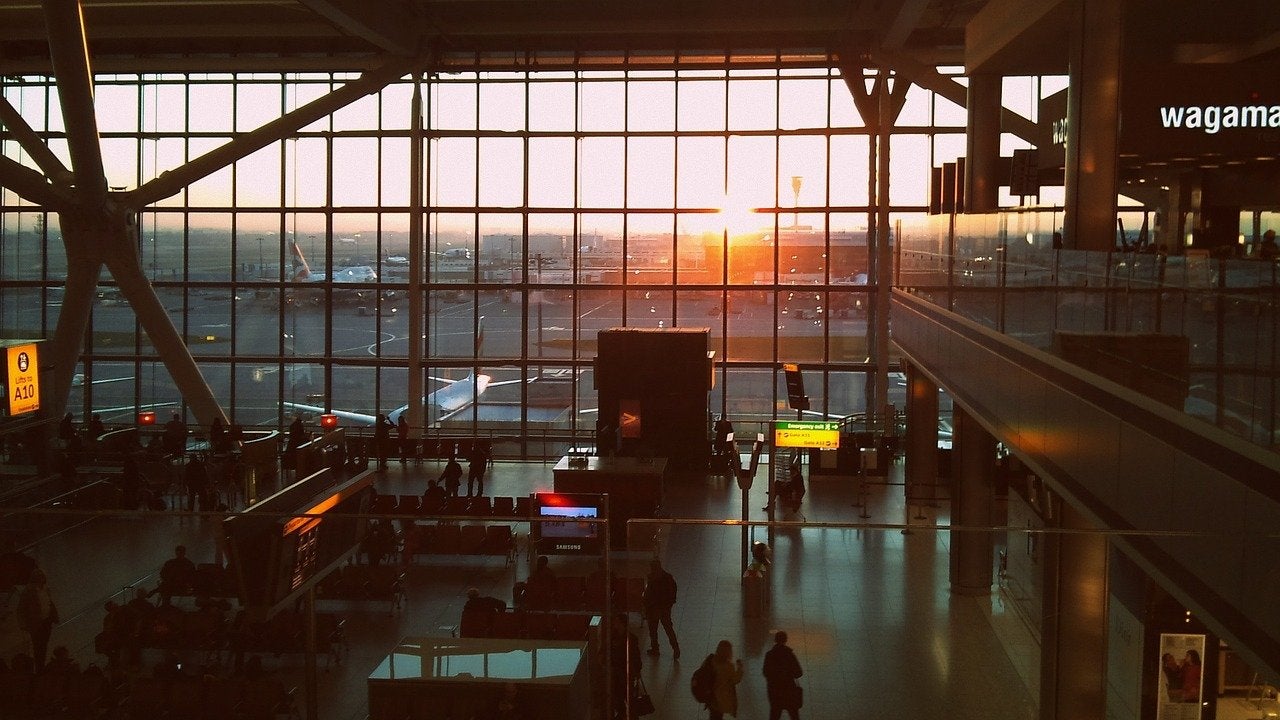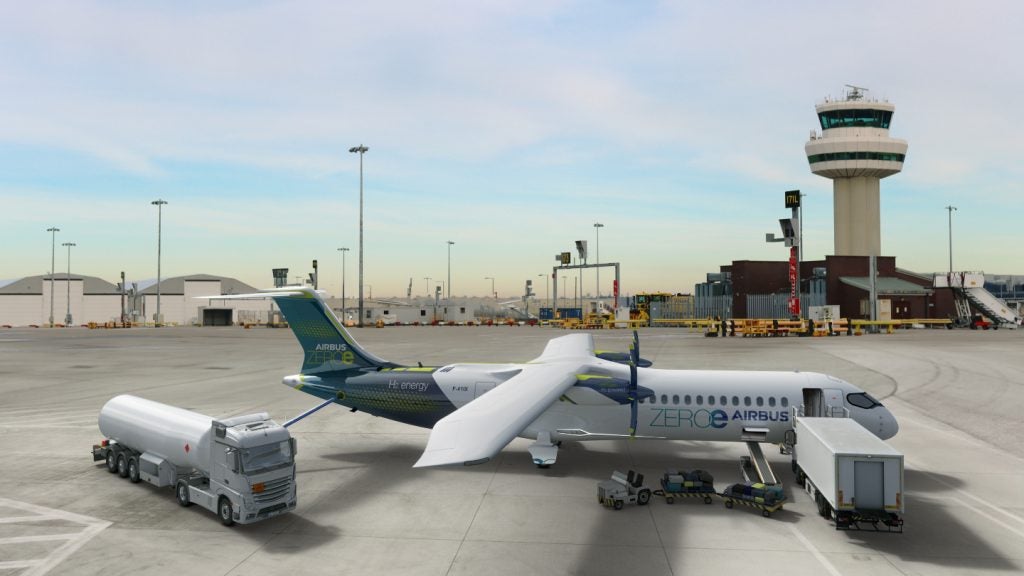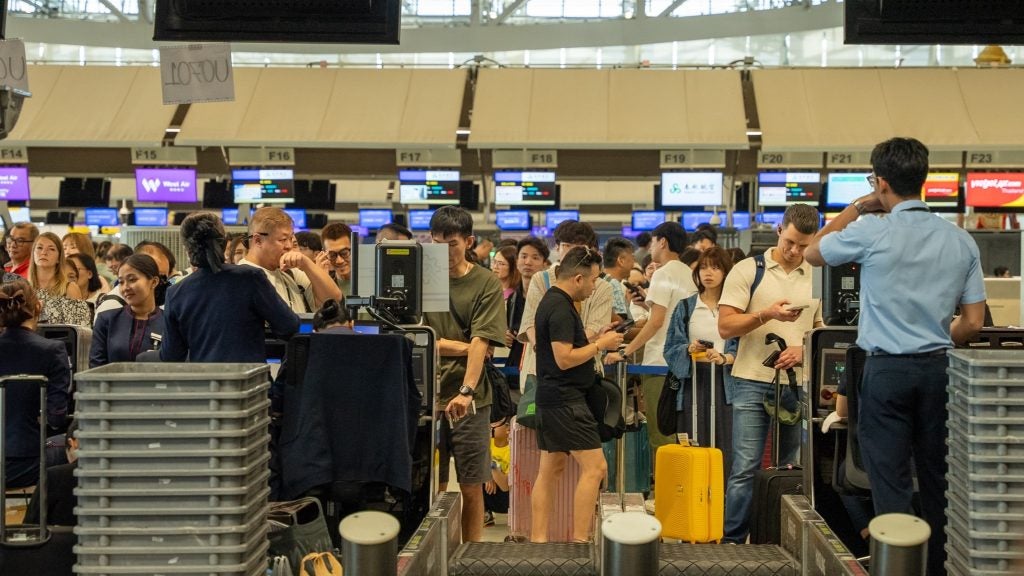
Asia-Pacific was the fastest growing region for digitalization hiring among airport industry companies in the three months ending October.
The number of roles in Asia-Pacific made up 19.9 per cent of total digitalization jobs – up from 8.5 per cent in the same quarter last year.
How well do you really know your competitors?
Access the most comprehensive Company Profiles on the market, powered by GlobalData. Save hours of research. Gain competitive edge.

Thank you!
Your download email will arrive shortly
Not ready to buy yet? Download a free sample
We are confident about the unique quality of our Company Profiles. However, we want you to make the most beneficial decision for your business, so we offer a free sample that you can download by submitting the below form
By GlobalDataThat was followed by Europe, which saw a 8.7 year-on-year percentage point change in digitalization roles.
The figures are compiled by GlobalData, who track the number of new job postings from key companies in various sectors over time. Using textual analysis, these job advertisements are then classified thematically.
GlobalData's thematic approach to sector activity seeks to group key company information by topic to see which companies are best placed to weather the disruptions coming to their industries.
These key themes, which include digitalization, are chosen to cover "any issue that keeps a CEO awake at night".
By tracking them across job advertisements it allows us to see which companies are leading the way on specific issues and which are dragging their heels - and importantly where the market is expanding and contracting.
Which countries are seeing the most growth for digitalization roles in the airport industry?
The fastest growing country was India, which saw 6.9 per cent of all digitalization job adverts in the three months ending July last year, increasing to 16.7 per cent in the three months ending October this year.
That was followed by the United Kingdom (up 6.3 percentage points), France (up 2.4), and Australia (up 1.7).
The top country for digitalization roles in the airport industry is the United States which saw 23.6 per cent of all roles in the three months ending October.
Which cities are the biggest hubs for digitalization workers in the airport industry?
Some 4.2 per cent of all airport industry digitalization roles were advertised in Saint-Ouen (France) in the three months ending October - more than any other city.
That was followed by Bengaluru (India) with 4.2 per cent, San Francisco (United States) with 2.8 per cent, and Charleroi (Belgium) with two per cent.
By Michael Goodier







